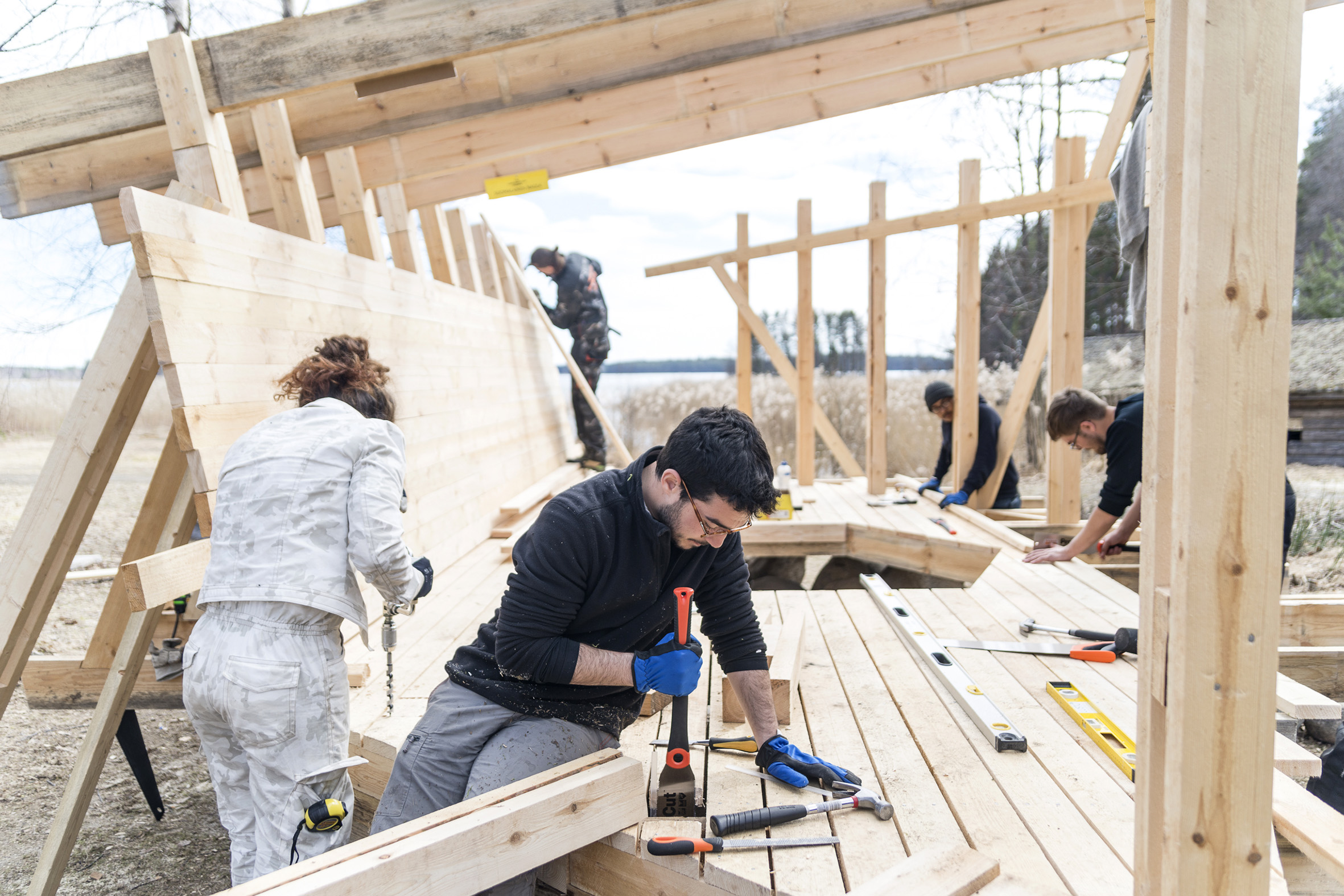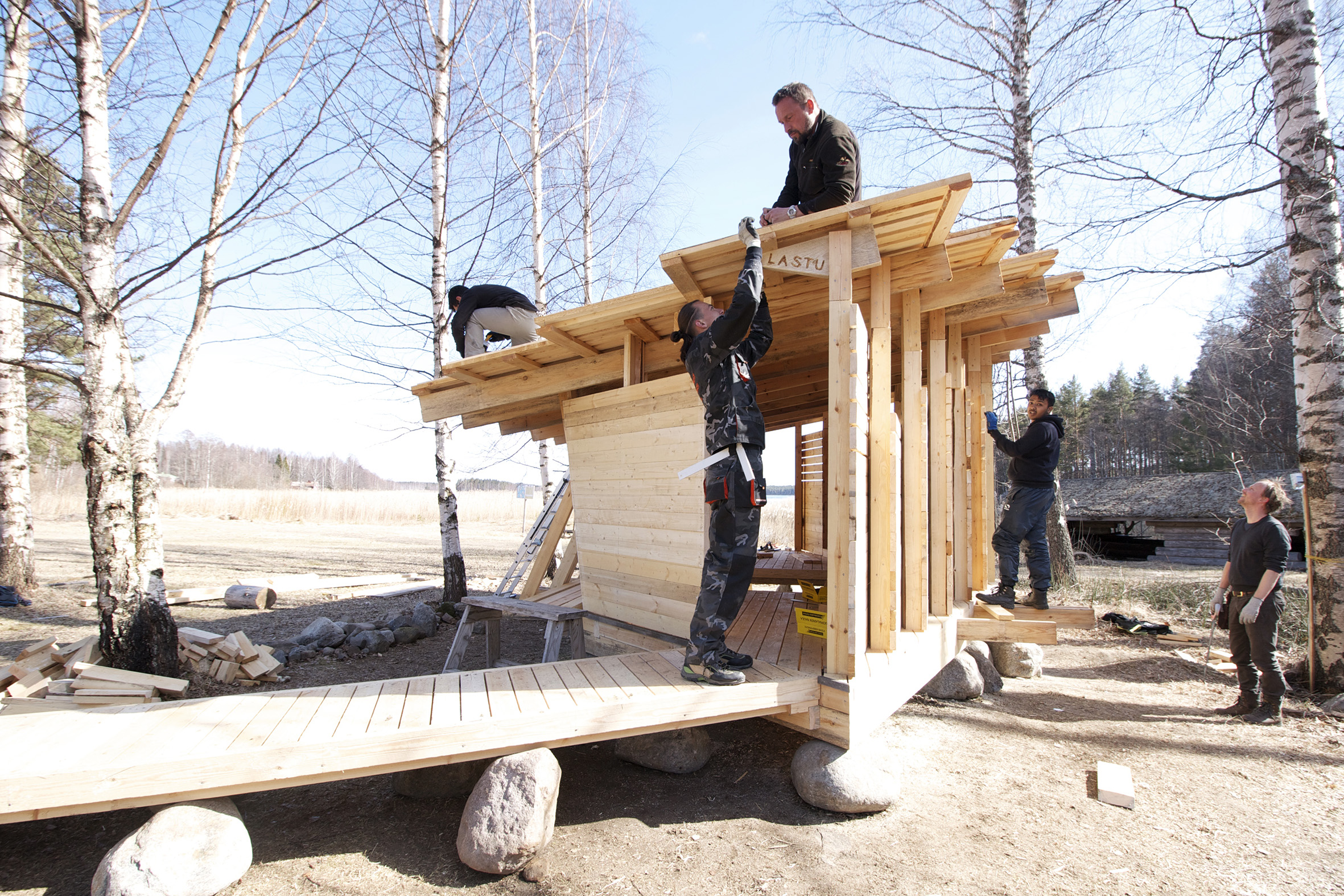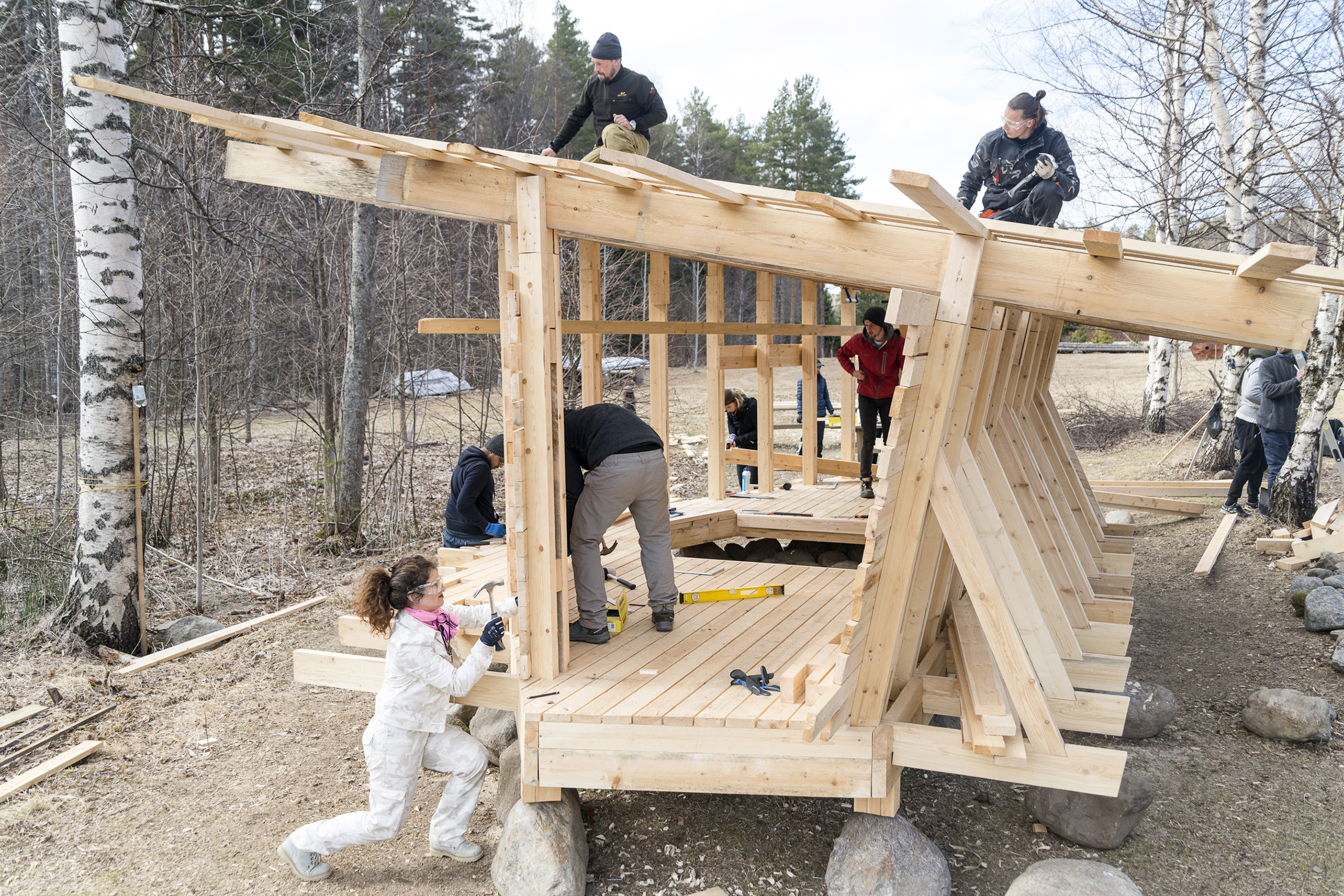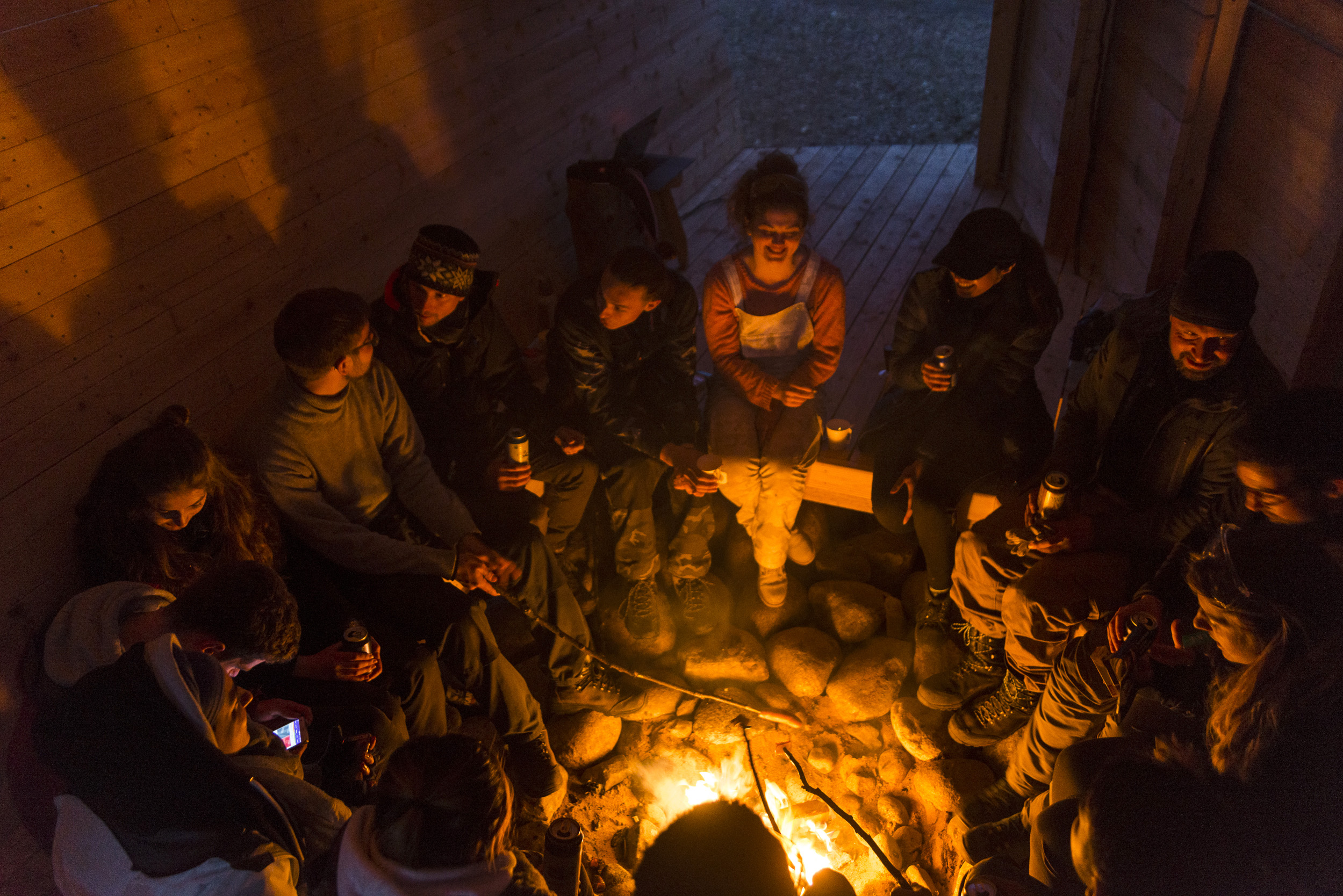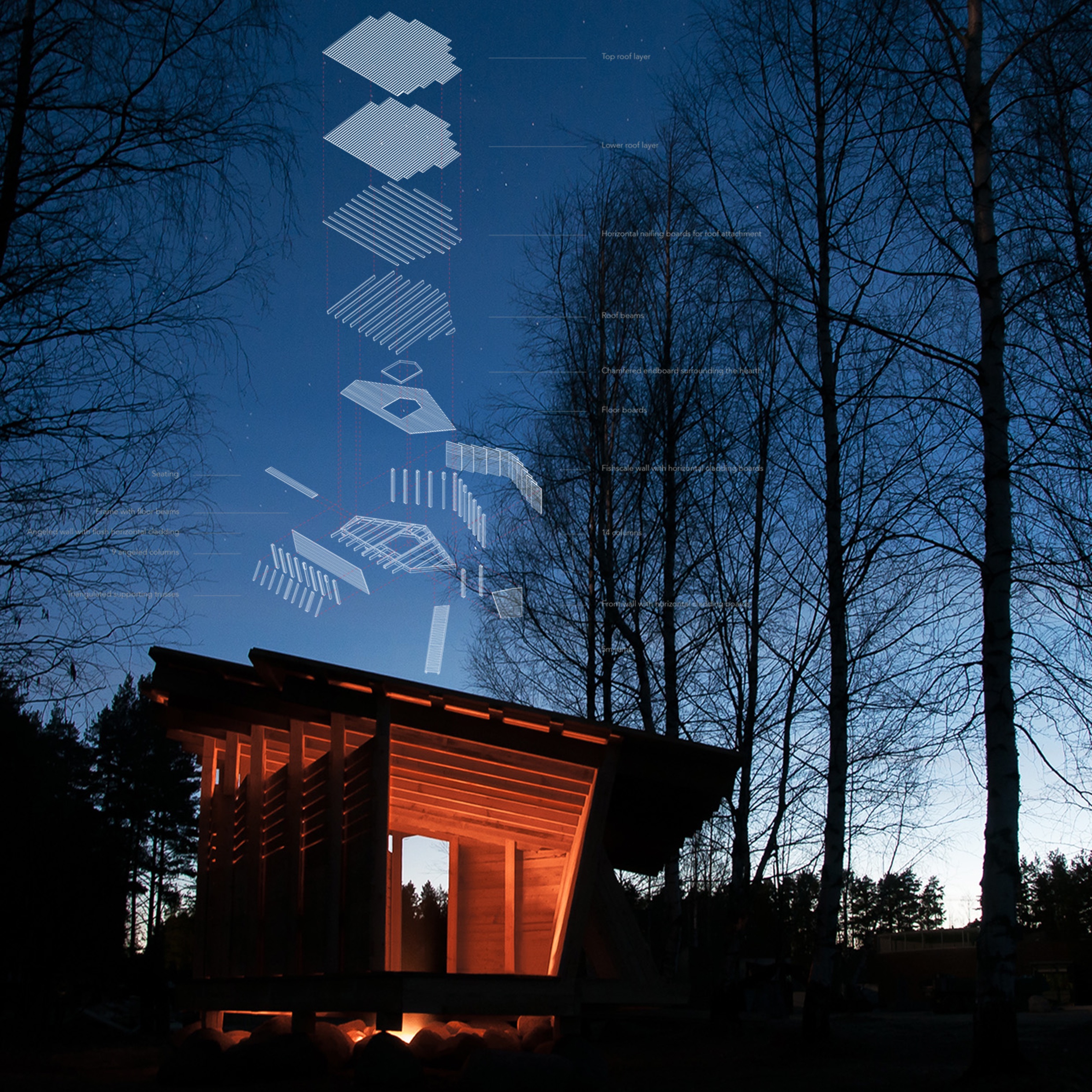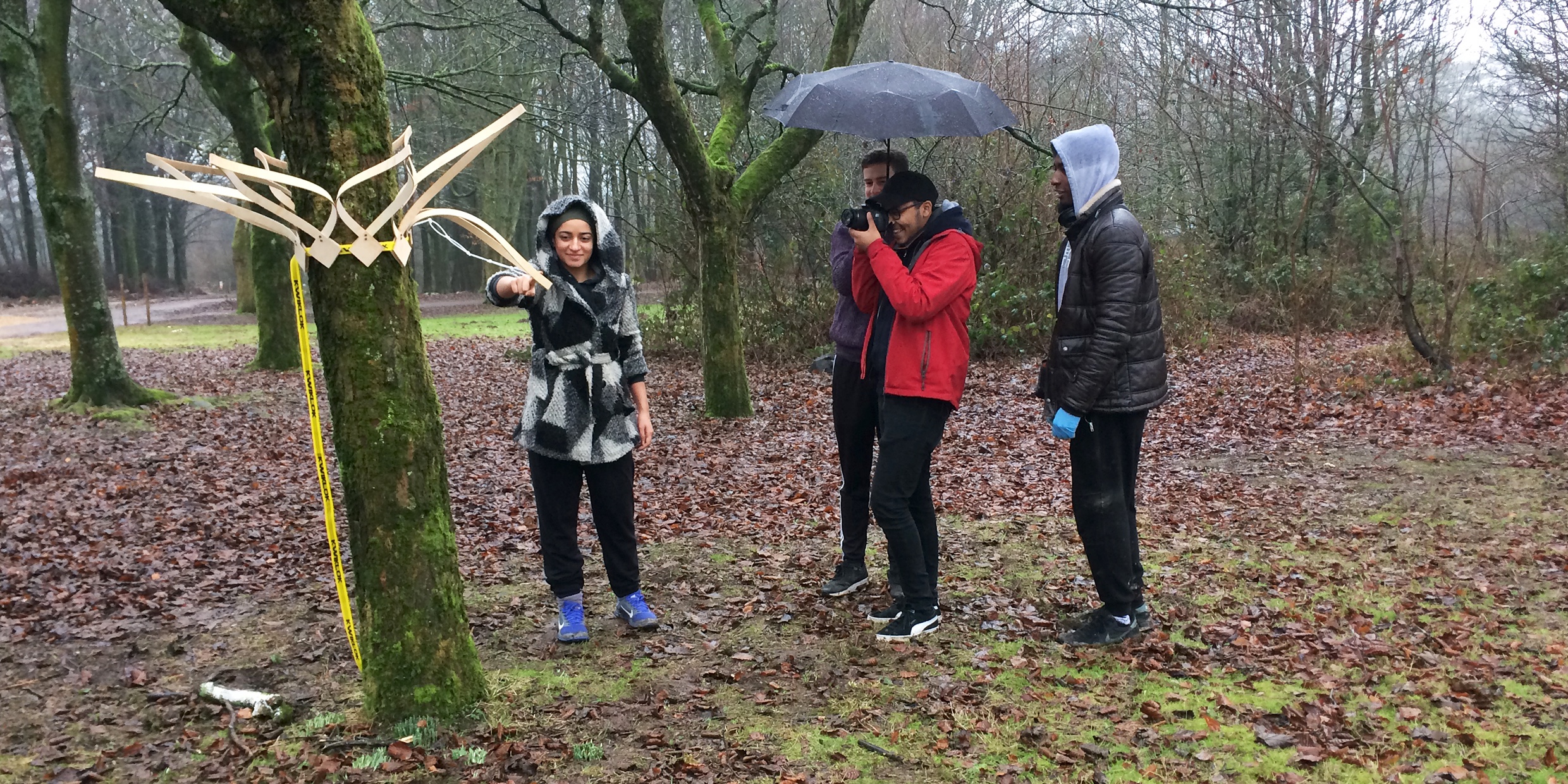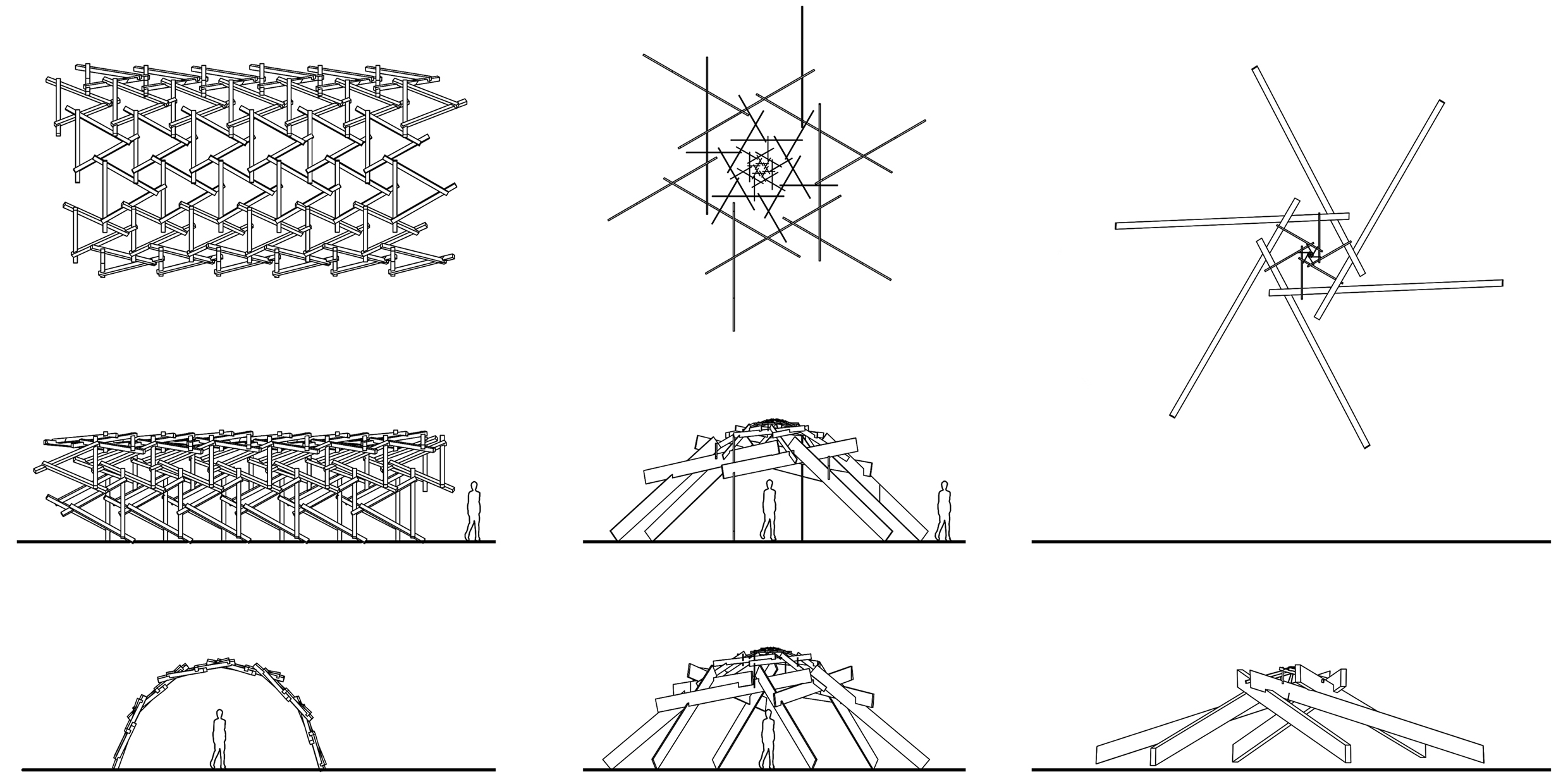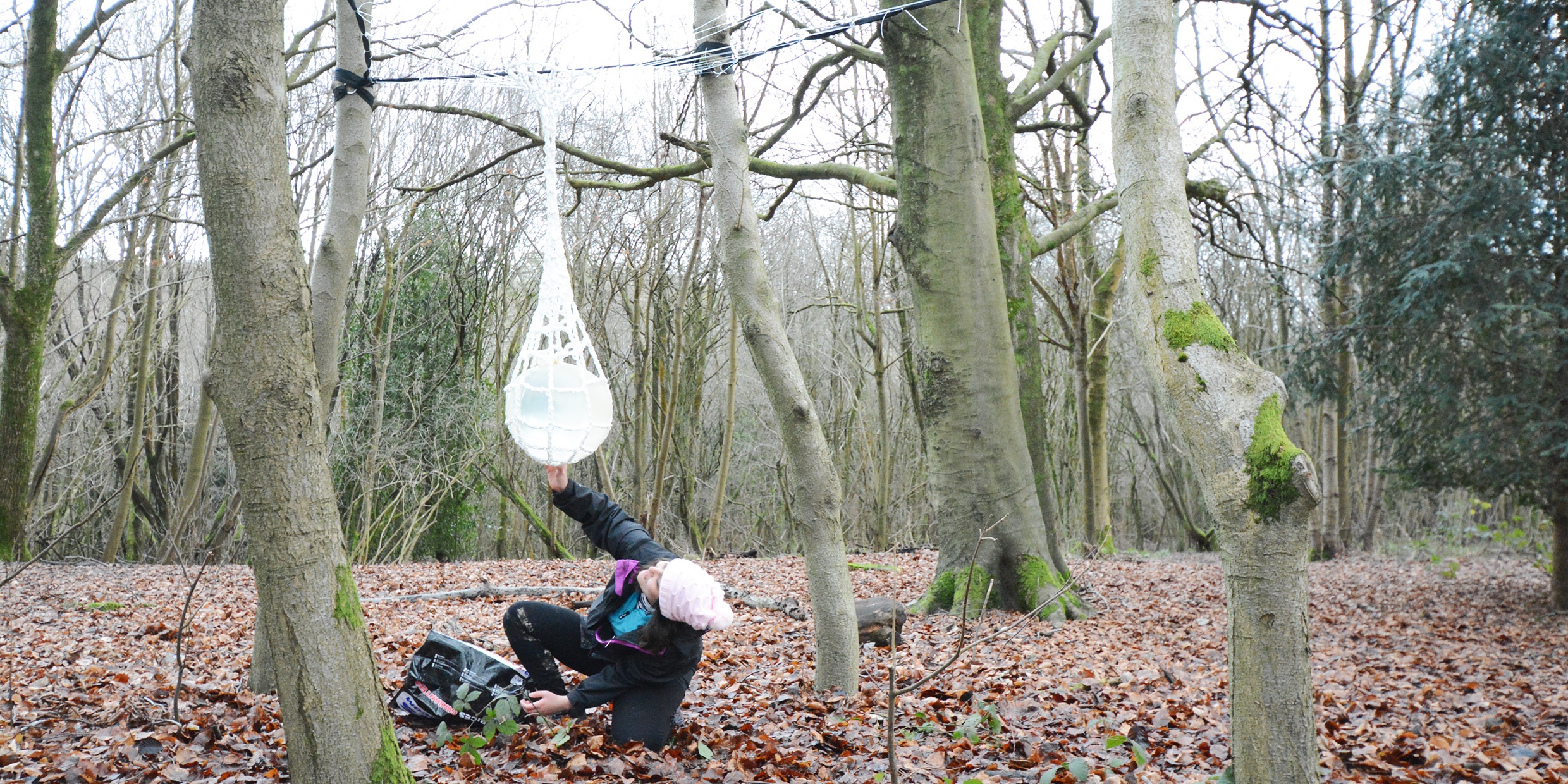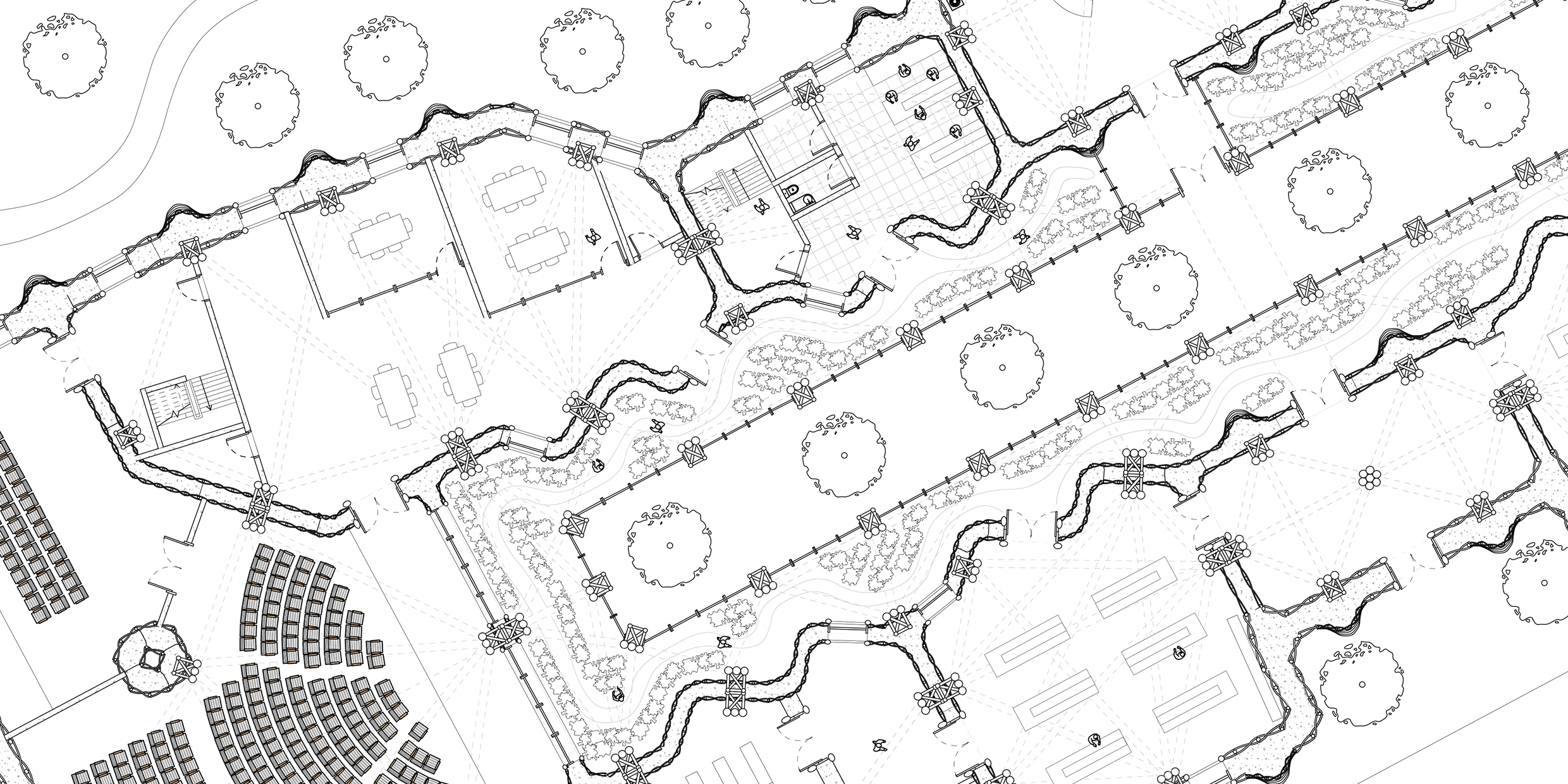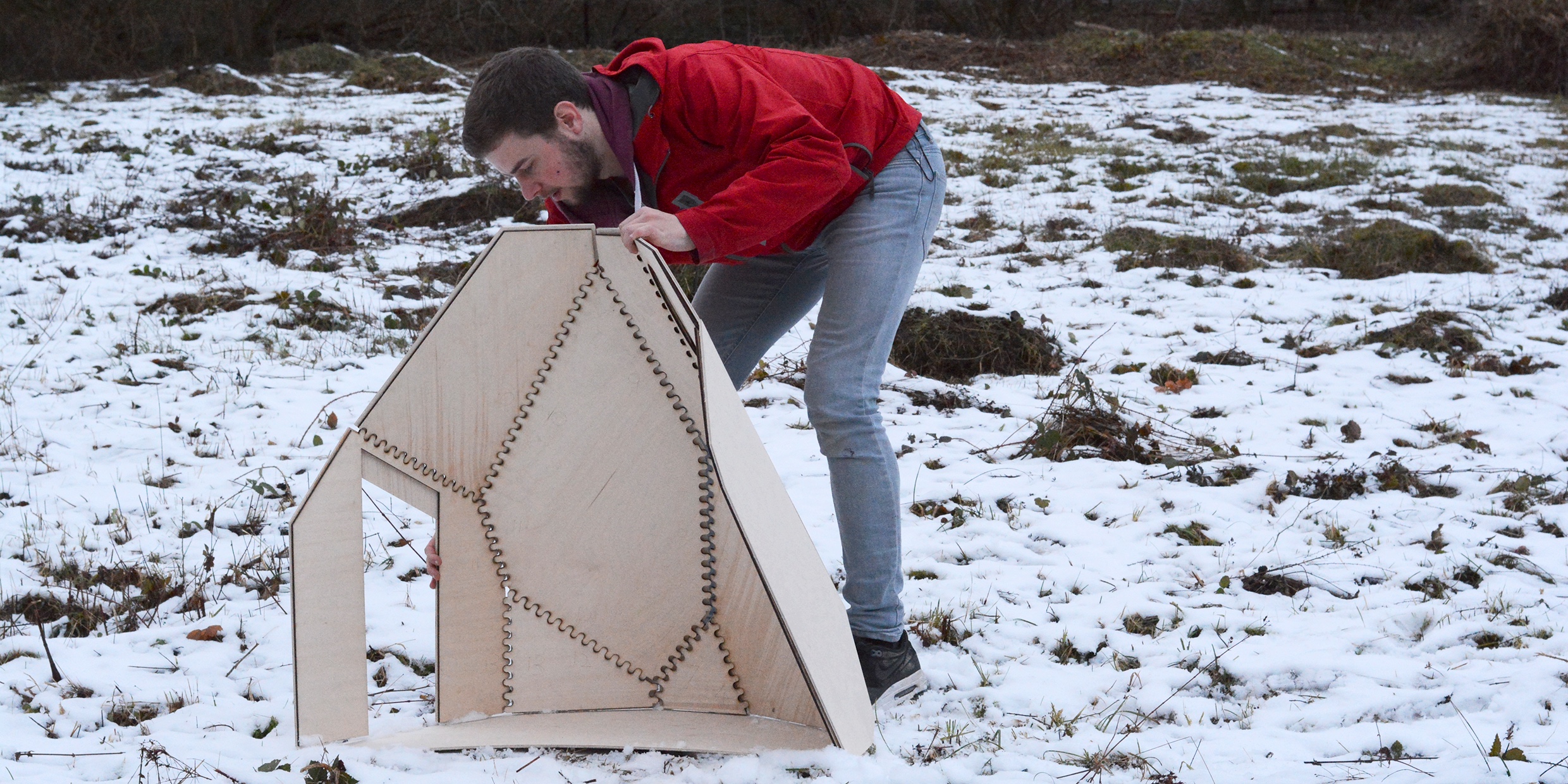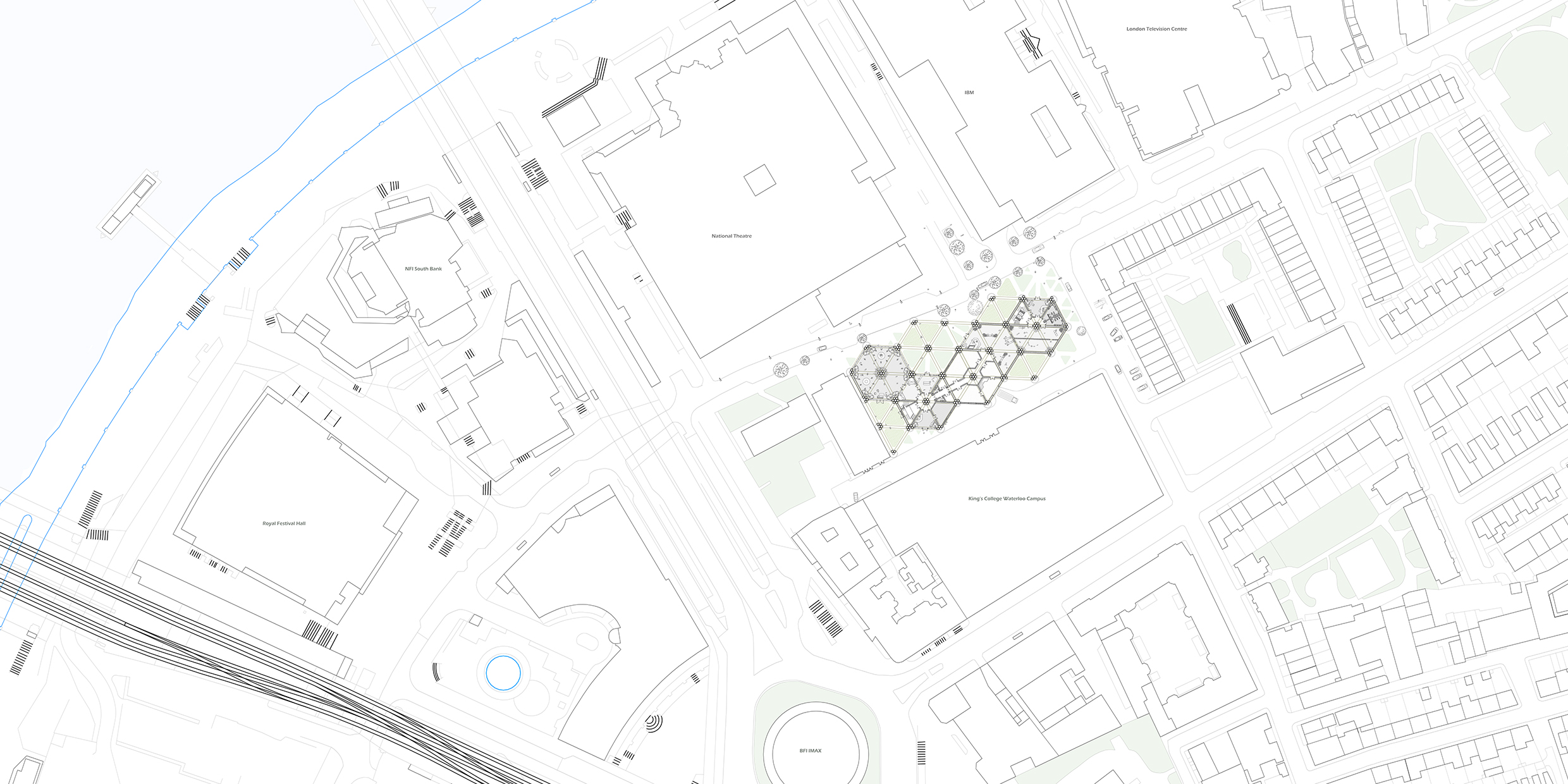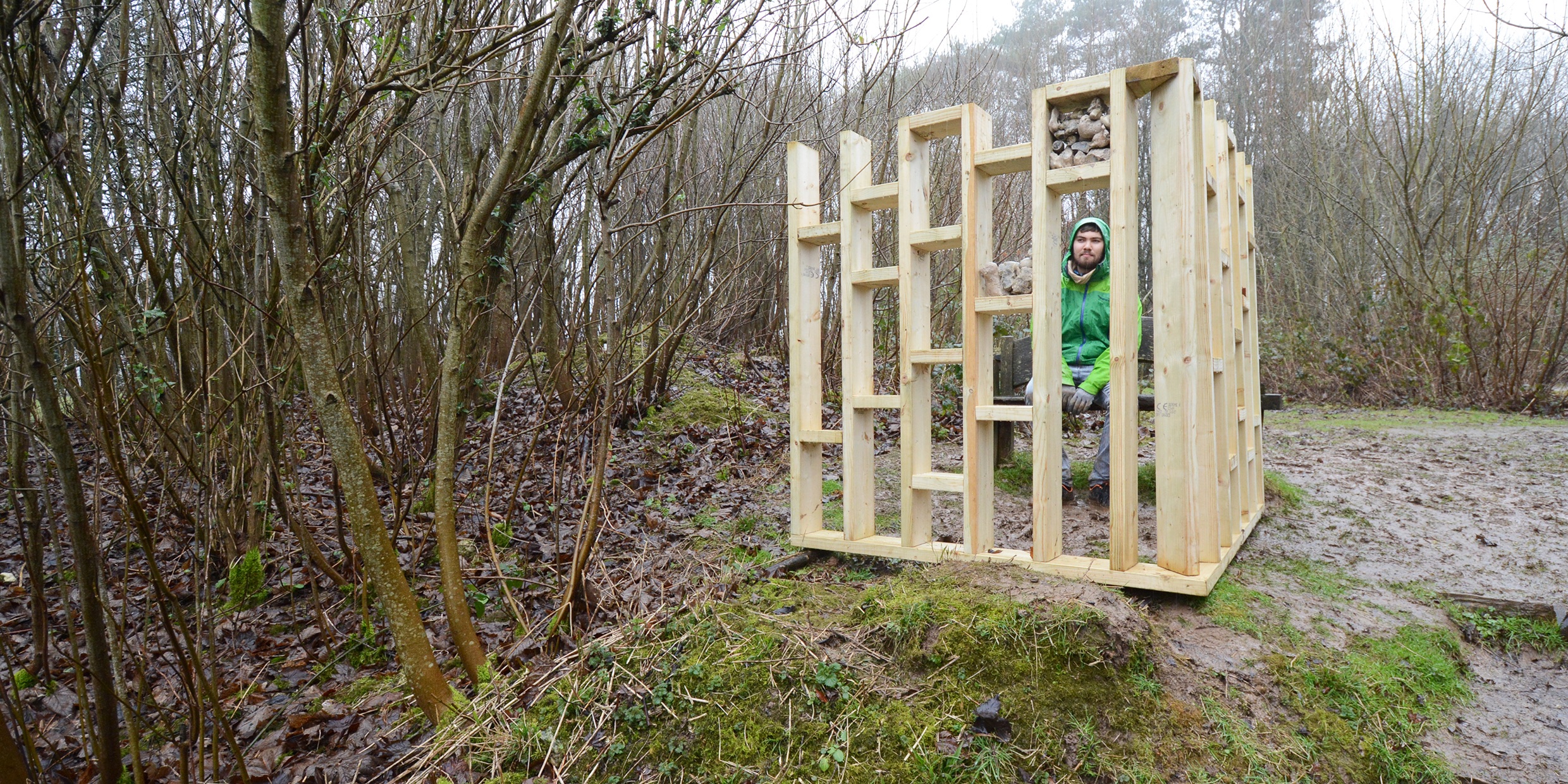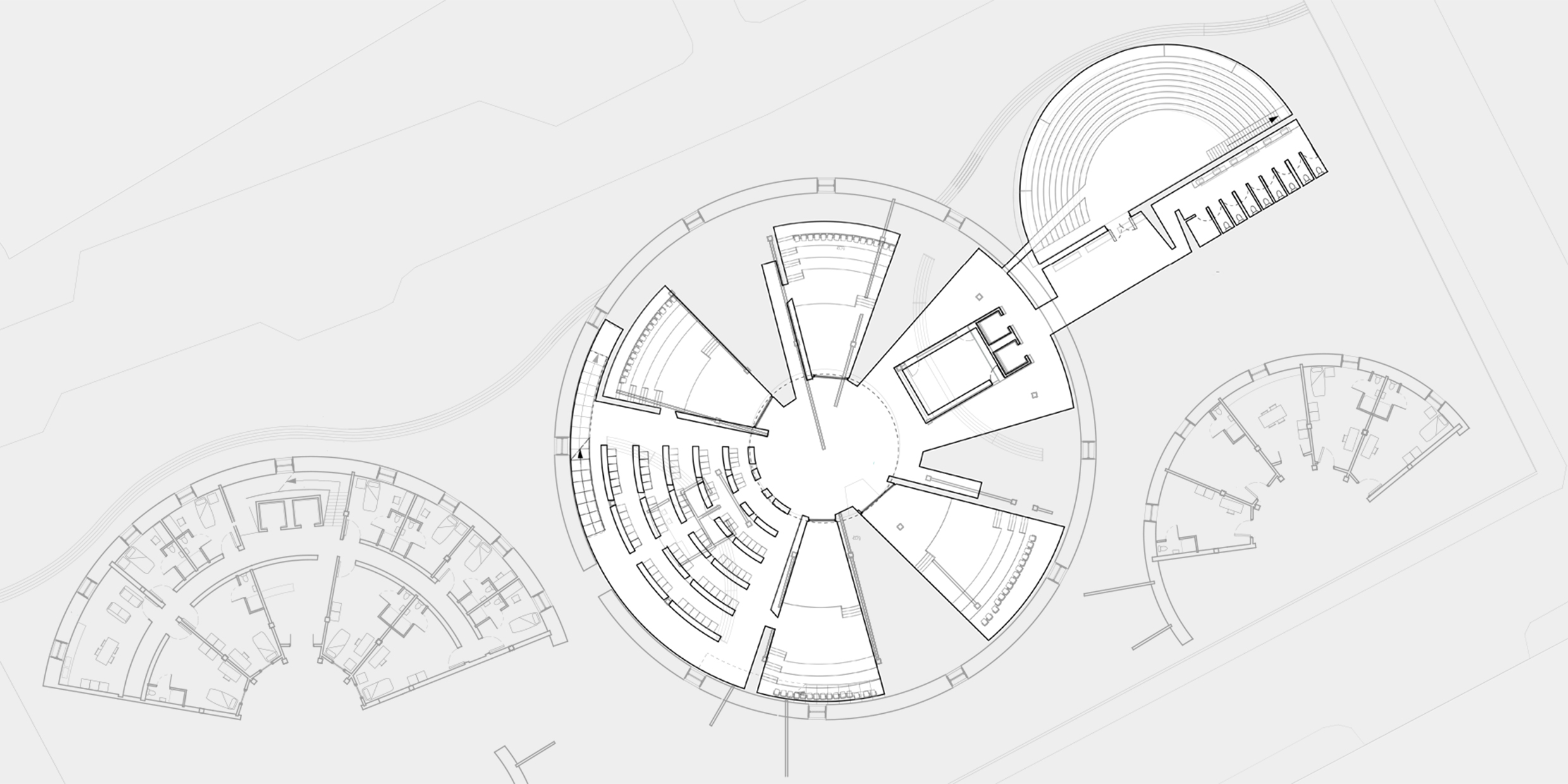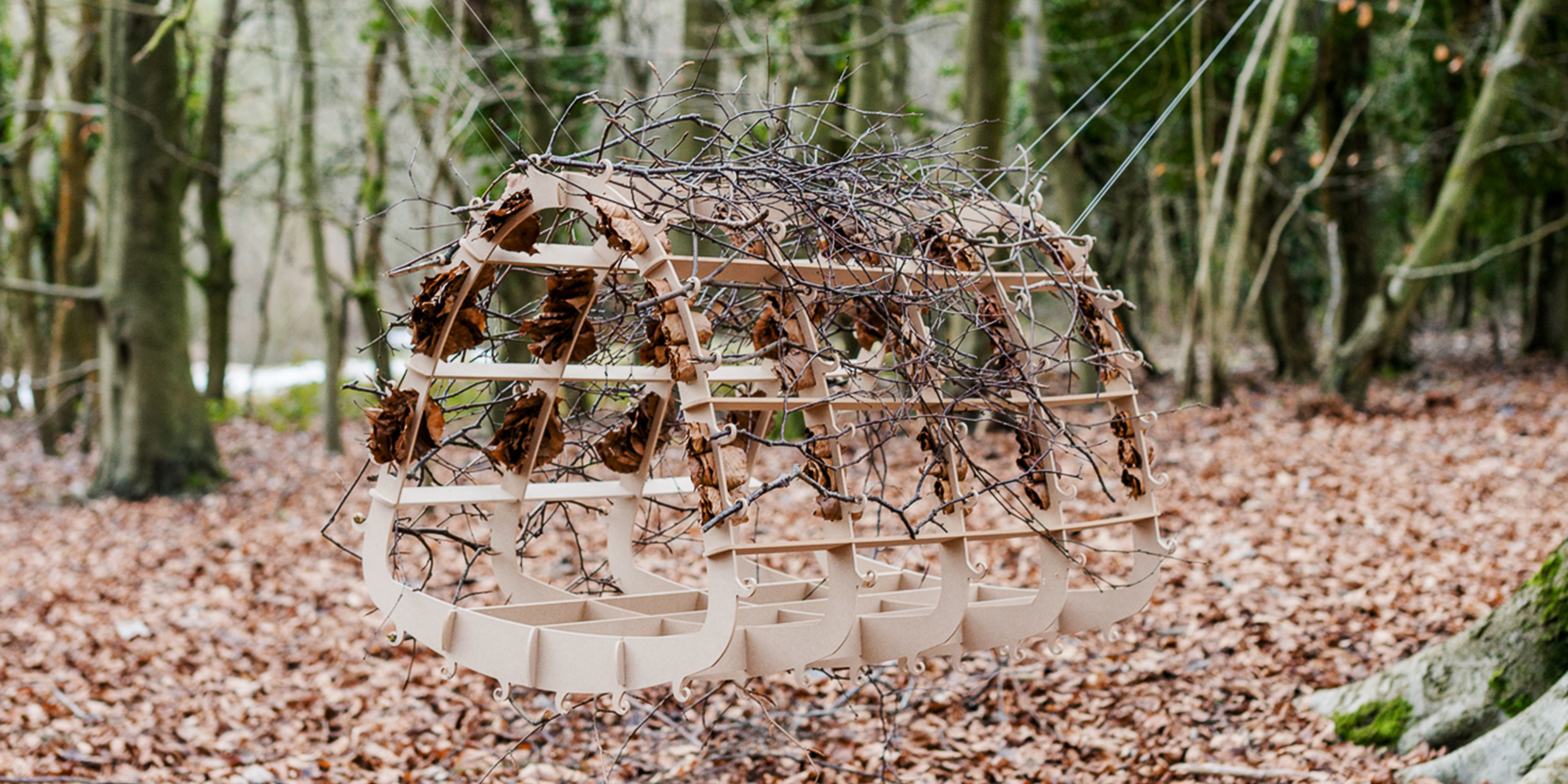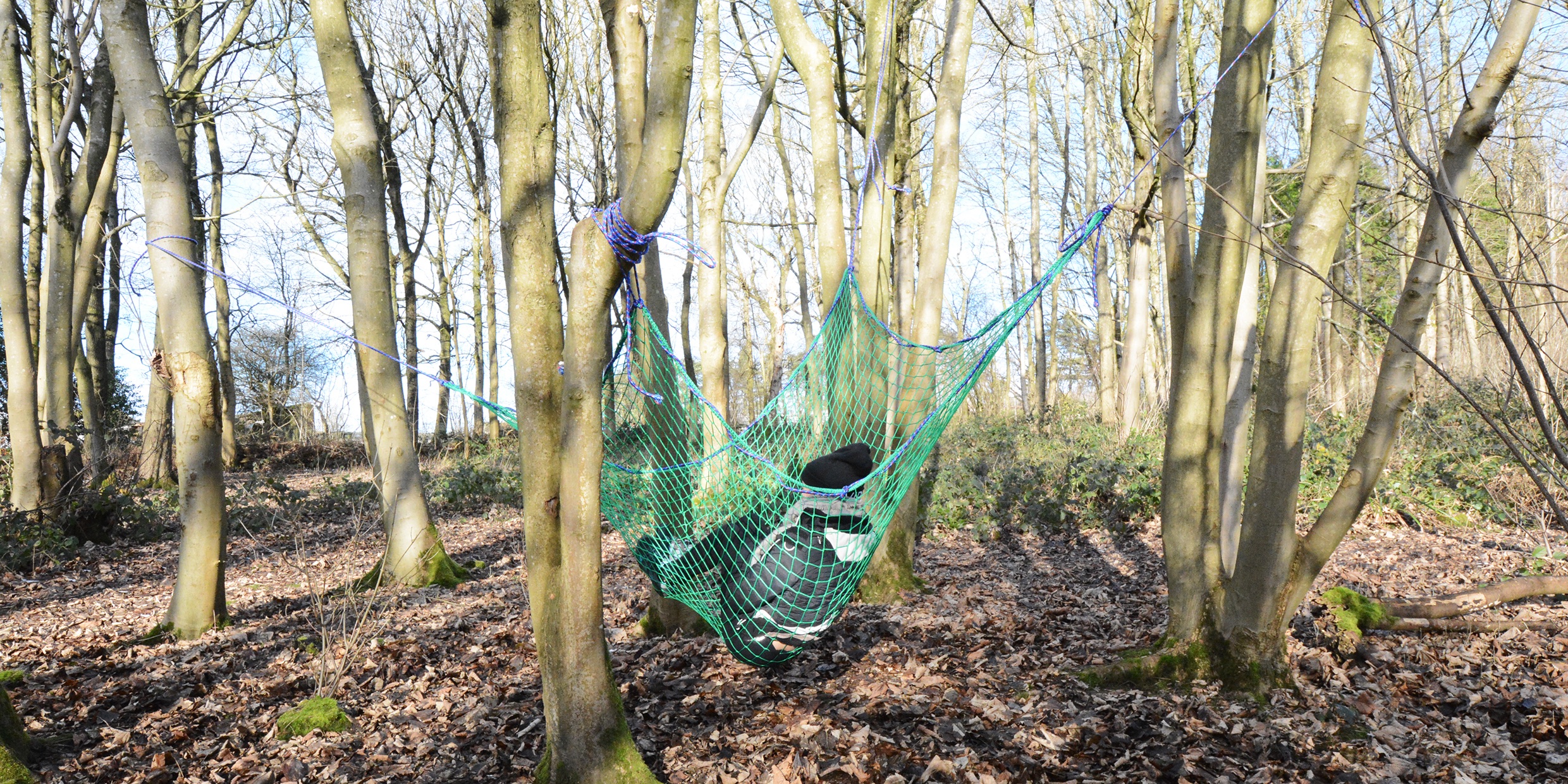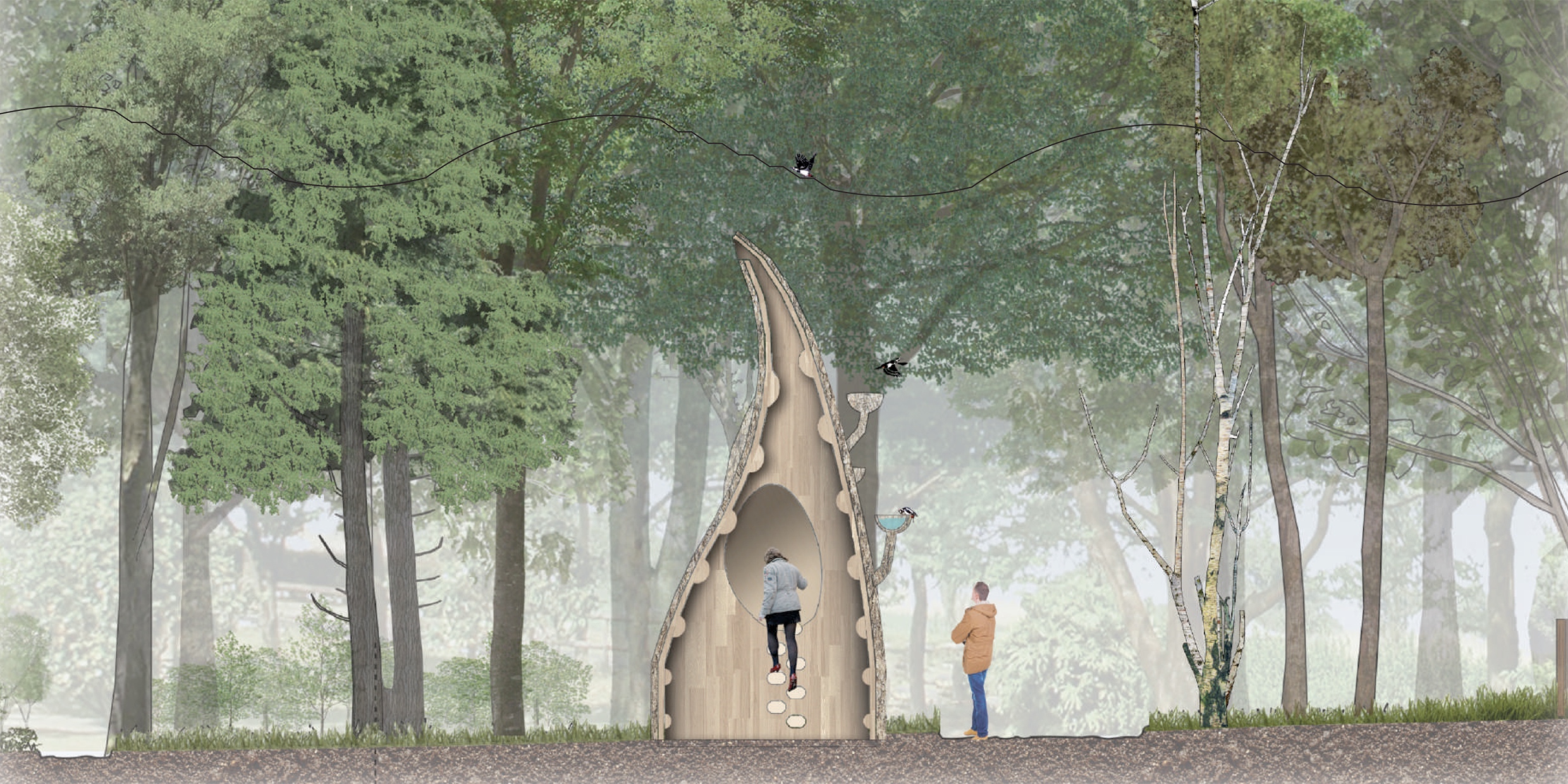Design Studio (Three) Six ARCHIVE
YEAR THREE – DS3.6
Tutors: Harry Paticas & Tom Raymont
Tom Raymont and Harry Paticas are directors of Arboreal Architecture, an ecological architecture practice that combines high technical performance with engaging spatial experiences of built and natural environments. Their work spans across the usual barriers between natural and man-made systems to envision a unified future free from waste, carbon emissions and non-renewable energy sources. Their projects have won awards for innovative use of timber construction, exemplary building performance and ecological retrofit of historic buildings.
Regenerative Habitats
We began this academic year in Epping Forest and ended it in the woods of Punkaharju, Finland. Along the way we discovered the forest as a complex ecosystem, a regenerative source of building material and a repository of cultural, mythical and design narratives.
In semester one students proposed an intervention into the woodland at The Sustainability Centre in Hampshire that enhanced the habitat for one particular species as well as bringing human beings into closer, more mutualistic relationships with that animal. Projects sought to reintroduce rare or extinct species such as the red squirrel or lesser spotted woodpecker and provide ways to observe and interact with them for either scientific or educational purposes. Others found ways to juxtapose animal and human activities such as the lifecycle of butterflies bringing a sense of transitory beauty to a funerary chapel.
In semester two students returned to London and turned their Naturalist’s lenses onto the Doon Street car park site behind the National Theatre. Here they re-imagined London as a regenerative city, creating communal dwellings that worked to renew and restore the ecosystems that underpin London’s existence. Their projects proposed architecture as a dynamic process (rather than a commodified product) defining the narratives of where materials come from, how they are used, how they decay and can then be reprocessed in industrial or biological metabolisms.
We concluded the year in the Punkaharju Forests of Finland where we spent nine days collectively designing and building a timber shelter with the architect Sami Rintala. We built by hand with no power tools, using wood cut from the forest nearby, to produce an intimately site-specific, permanent public gathering place. This small building forms part of the Mobile Home project organised by The Finnish Institute in support of the Finland 100 celebrations.










